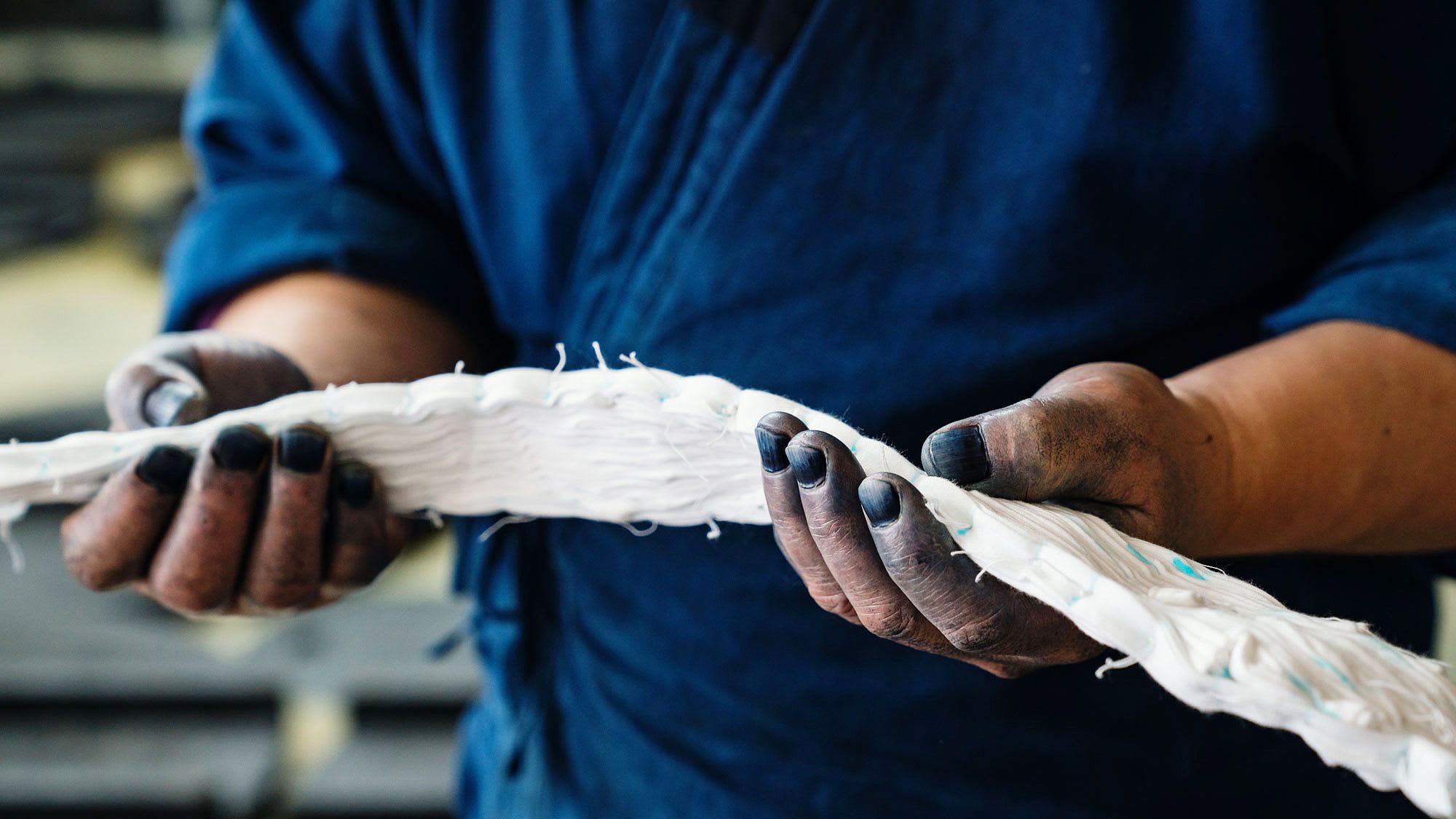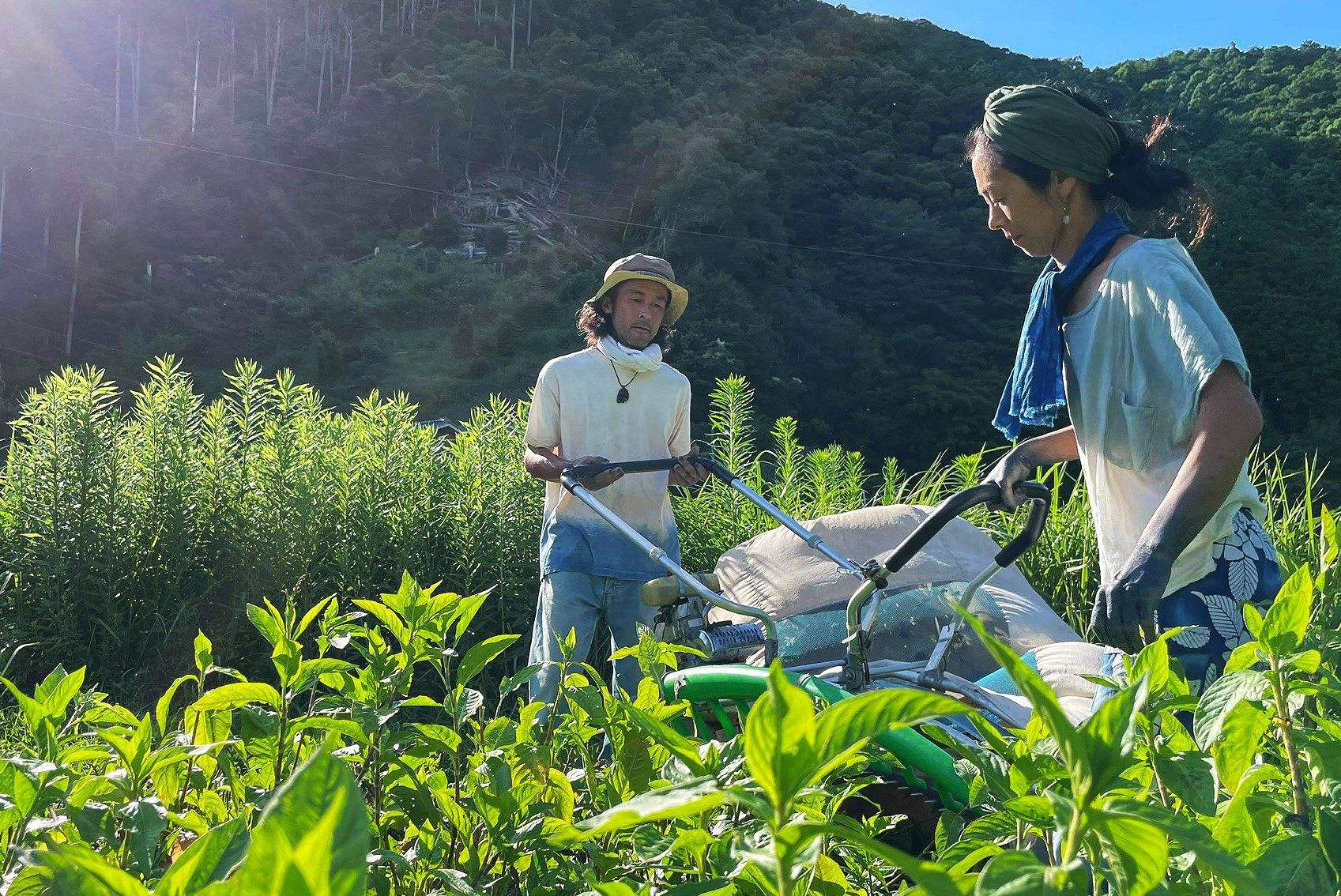Dedication and passion are woven into the fabric of Japan’s textile heritage, with natural ingredients serving as a source of inspiration for colour and form. Learn how a new generation of artisans are putting their own spin on tradition.
Words Louise George Kittaka
Japan has a long and vibrant history of textile arts, with each region developing its own particular style. While materials and techniques may vary, respect for the past and a dedication to excellence are the common threads that continue to run through Japan’s textile traditions.
Textile production not only provided clothes and items for daily use, but also often became a valuable source of income for the entire community. People utilised the natural materials that were eco-friendly, harmless to humans, and readily available. Each gave rise to distinctive characteristics that eventually became symbols of their region. One example is the safflower, or benibana, which, for several centuries, has been an integral part of the textile culture in Yamagata prefecture, in northern Japan. Grown as a cash crop, the flowers have long been prized for the crimson dye that can be extracted from their petals and are still today used by a number of artisans.























